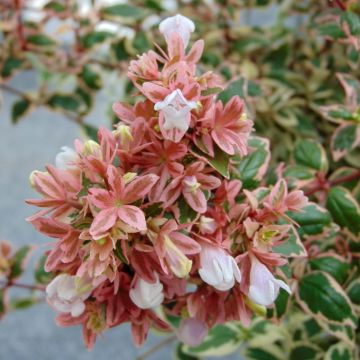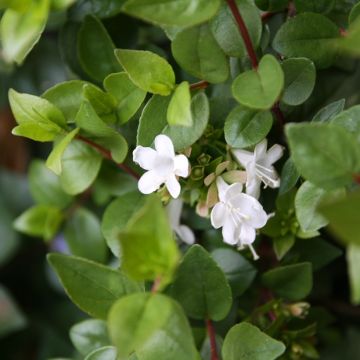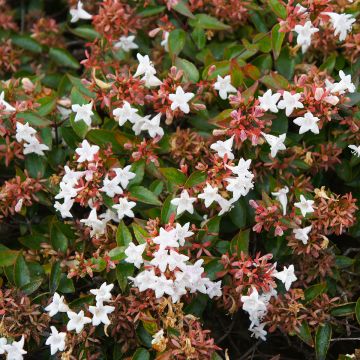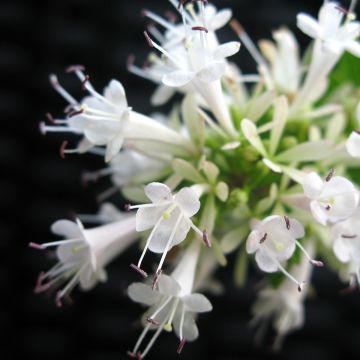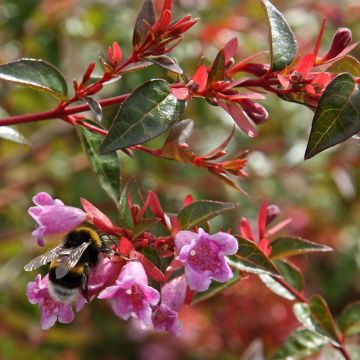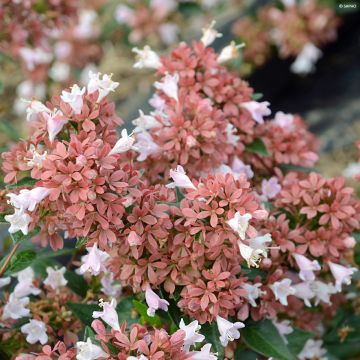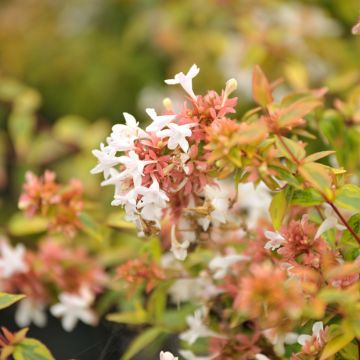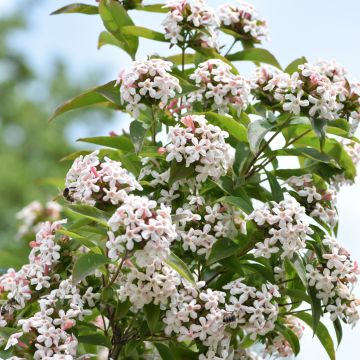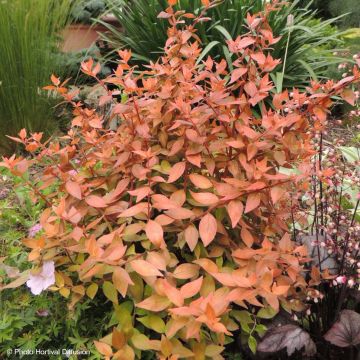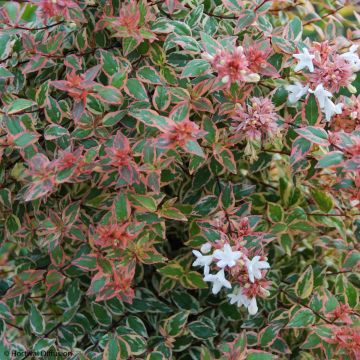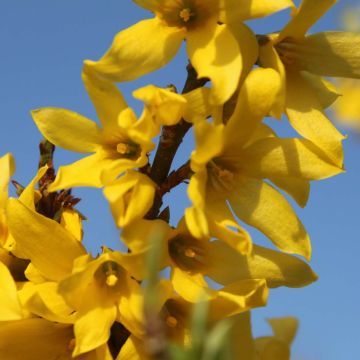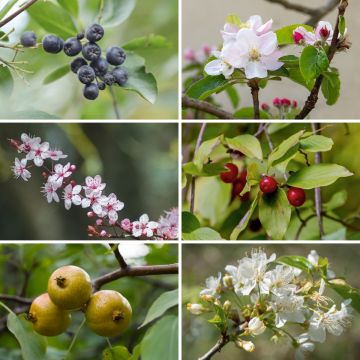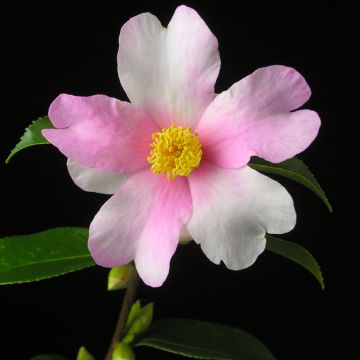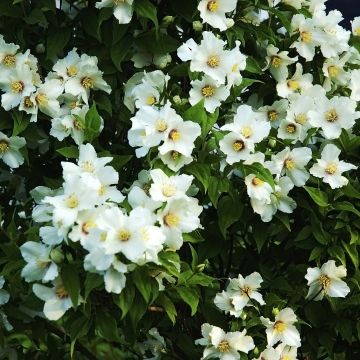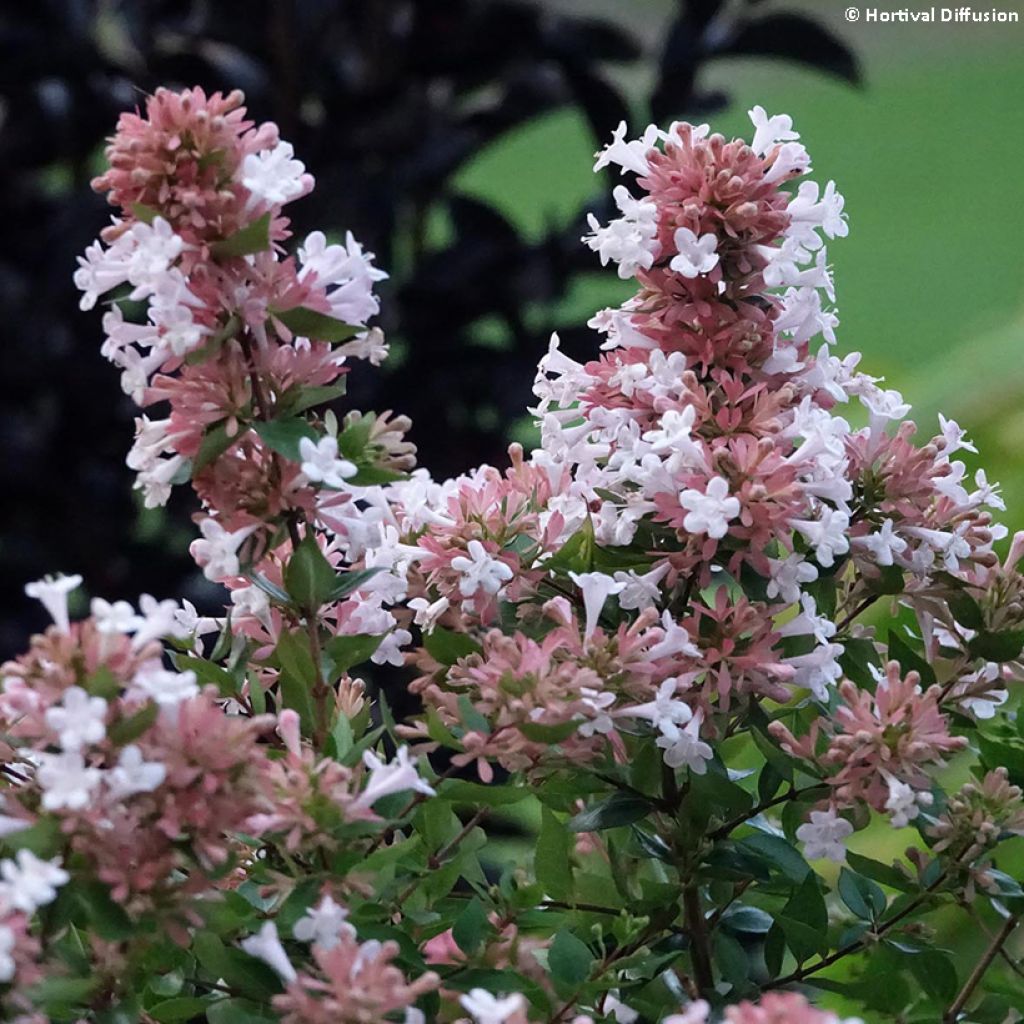

Abelia chinensis Autumn Festival - Abélia de Chine
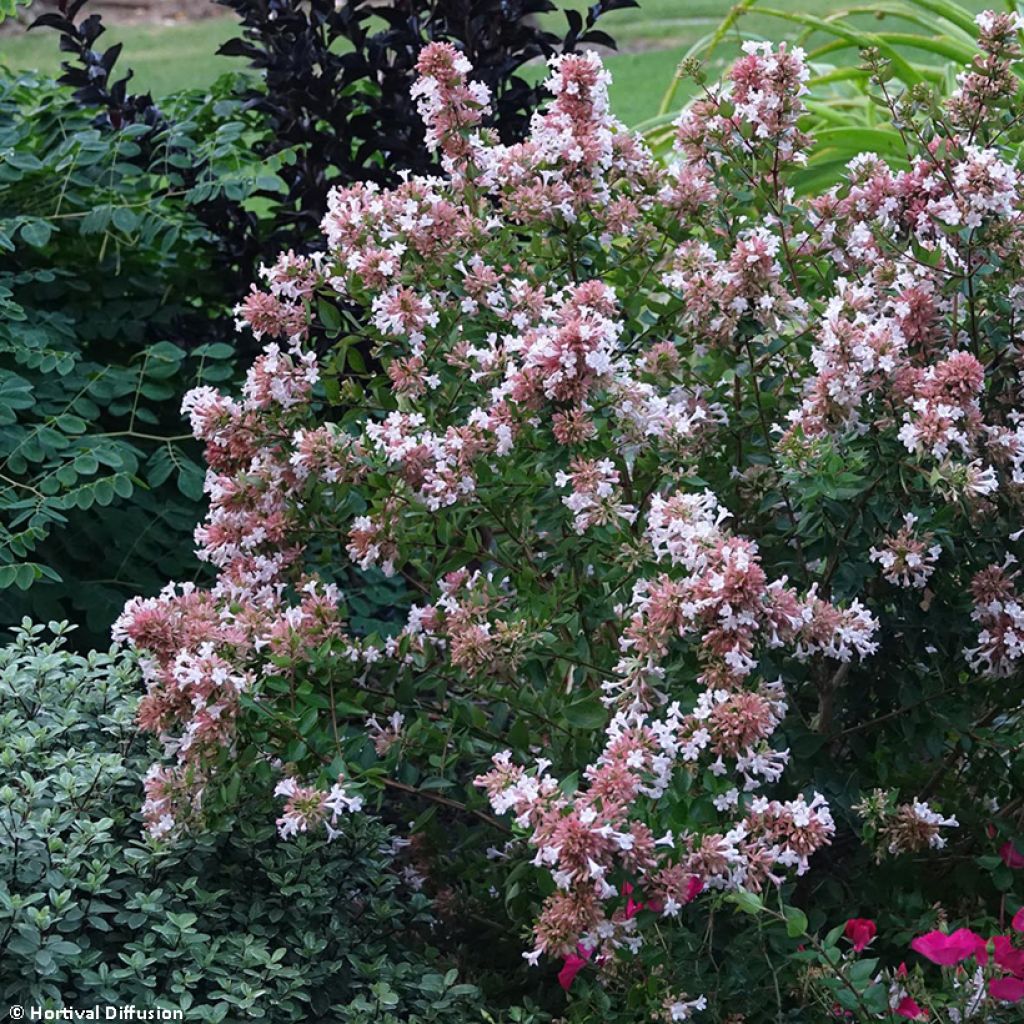

Abelia chinensis Autumn Festival - Abélia de Chine
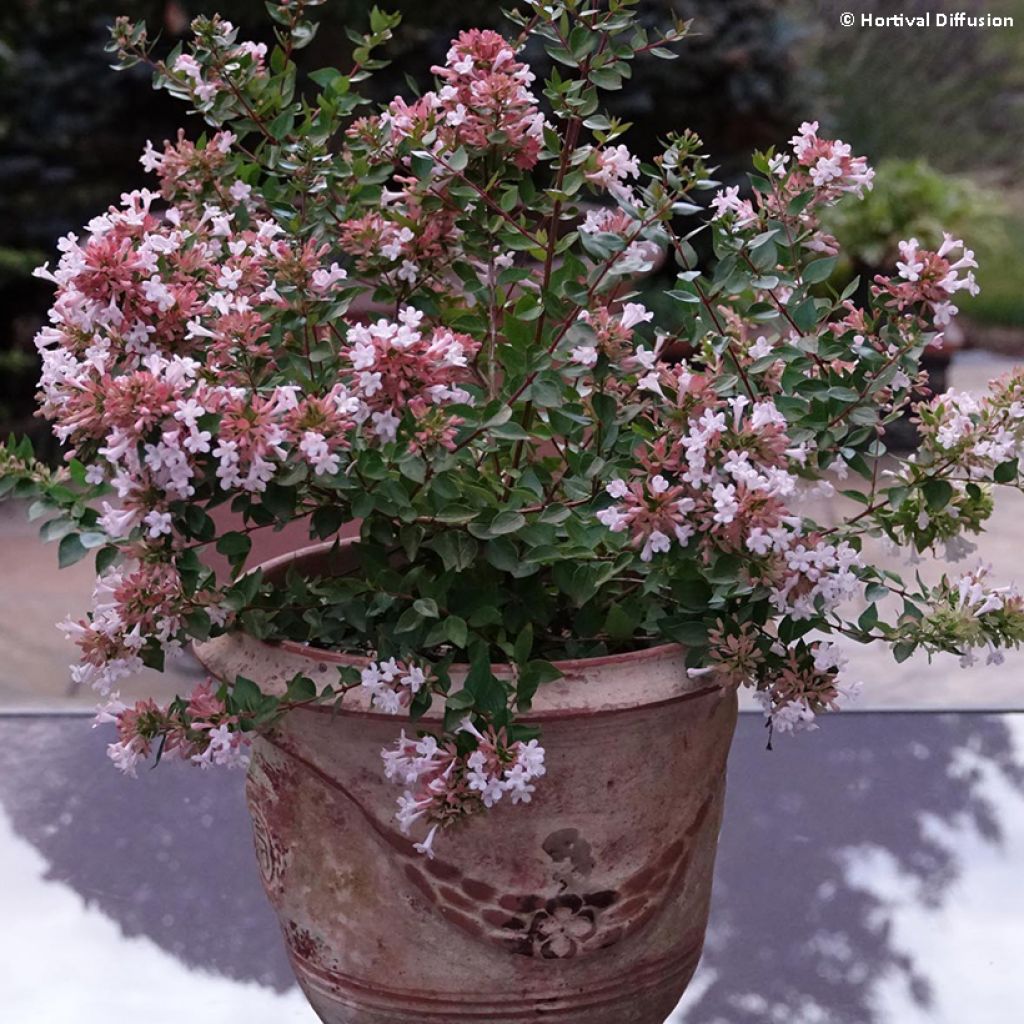

Abelia chinensis Autumn Festival - Abélia de Chine
Abelia chinensis Autumn Festival
Abelia chinensis Autumn Festival 'Minabaut01'
Chinese Abelia
Special offer!
Receive a €20 voucher for any order over €90 (excluding delivery costs, credit notes, and plastic-free options)!
1- Add your favorite plants to your cart.
2- Once you have reached €90, confirm your order (you can even choose the delivery date!).
3- As soon as your order is shipped, you will receive an email containing your voucher code, valid for 3 months (90 days).
Your voucher is unique and can only be used once, for any order with a minimum value of €20, excluding delivery costs.
Can be combined with other current offers, non-divisible and non-refundable.
Home or relay delivery (depending on size and destination)
Schedule delivery date,
and select date in basket
This plant carries a 24 months recovery warranty
More information
We guarantee the quality of our plants for a full growing cycle, and will replace at our expense any plant that fails to recover under normal climatic and planting conditions.
Would this plant suit my garden?
Set up your Plantfit profile →
Description
The Abelia chinensis Autumn Festival delights the eyes and the sense of smell at the end of the season, when its abundant flowering blooms in late summer and autumn. It is a deciduous or semi-evergreen shrub, evergreen in mild climates, of modest appearance and accommodating temperament, but with great strength and undeniable charm. From August to October, it continuously produces a multitude of small white flowers with very decorative pink calyxes that persist for a long time on the bush. This recent variety is distinguished by its compact habit, which allows it to be grown in the ground, in pots, or in containers. This Abelia appreciates full sun, tolerates drought once well-rooted, as well as pruning, and adapts to the majority of soils.
Abelia chinensis is a botanical shrub species belonging to the Caprifoliaceae family, just like Honeysuckles or the Kolwitzia amabilis, which it resembles. It is native to temperate regions of China, where it often grows in deciduous woods. It is a botanical species appreciated for its ornamental qualities, fragrant flowers, hardiness, and ease of cultivation.
Autumn Festival is a horticultural selection from Pépinières Minier, one of the largest European producers that cultivates millions of plants near Angers. This variety is distinguished from the species by its compactness, reaching only 1.50 m (4 in 11 ft) in all directions after 10 years, instead of 2m (6 in 7 ft). With its dense and branching habit, this shrub is ideal for planting in decorative pots to embellish terraces and patios, especially since it loves the sun! Its flowering extends from August to October, in abundant panicles of small flowers, displayed at the end of each branch, thus covering the plant due to its compact habit. The floral buds have a pretty pink colour and open into small 5-petaled flowers, 2cm (0.8in) long, a very light pinkish-white. This flowering releases a pleasant fragrance, a subtle blend of lilac, jasmine, and hyacinth, which attracts many pollinating insects. The pink calyxes form a nice contrast with the corollas, and they persist after the corollas fall, giving a decorative aspect to the shrub until late in the season.
The branches of this shrub are reddish and bear small green and shiny leaves, opposite in pairs, entire, oval with irregularly crenate edges. They persist throughout the winter, as long as the frosts are not too severe, or they fall in case of extreme cold. While its hardiness does not exceed -12/-15°C in well-drained soil, it adapts to all types of soils, even poor ones, and withstands summer drought well. Its squat and dense, yet flexible habit, allows it to be planted in a flowering hedge, but also to be grown in a pot on a terrace. This will also allow it to be overwintered in a cool room in regions with winters too harsh for it. It will tolerate a light pruning if necessary, before being brought indoors. During the season, regular watering will be necessary, as the growing conditions in pots are more drying than in the ground.
Ideal for creating a scene on a terrace, this small shrub can also be planted in the ground, where it will be very accommodating regarding the soil, whether neutral, acidic, or even chalky, as long as it is well-draining because it dislikes excessive water, especially in winter. You can plant it in a mixed border with spring-flowering shrubs to enjoy flowers throughout the season, or with other summer bloomers to create a focal point in the garden. Accompany it with Lagerstroemias, with magnificent summer blooms, some of which last until October. By choosing a variety with almost black foliage, like Shell Pink, you will enjoy an even greater contrast between the foliage. Lavateras also have superb late-season flowering plants, Candy Floss will accompany the small white corollas of Autumn Festival with its large single pink flowers. Also consider Hibiscus syriacus, whose beautiful flowers come in a wide range of colours from white to purple, passing through blue and pink, not to mention the bicoloured ones and those with single to double forms.
Report an error about the product description
Abelia chinensis Autumn Festival in pictures
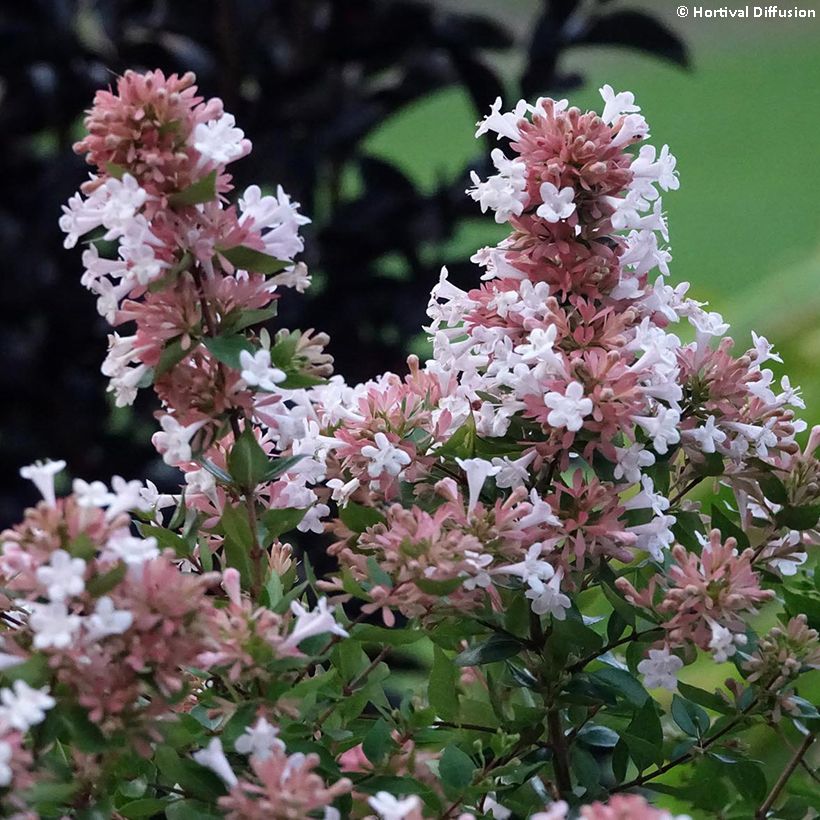

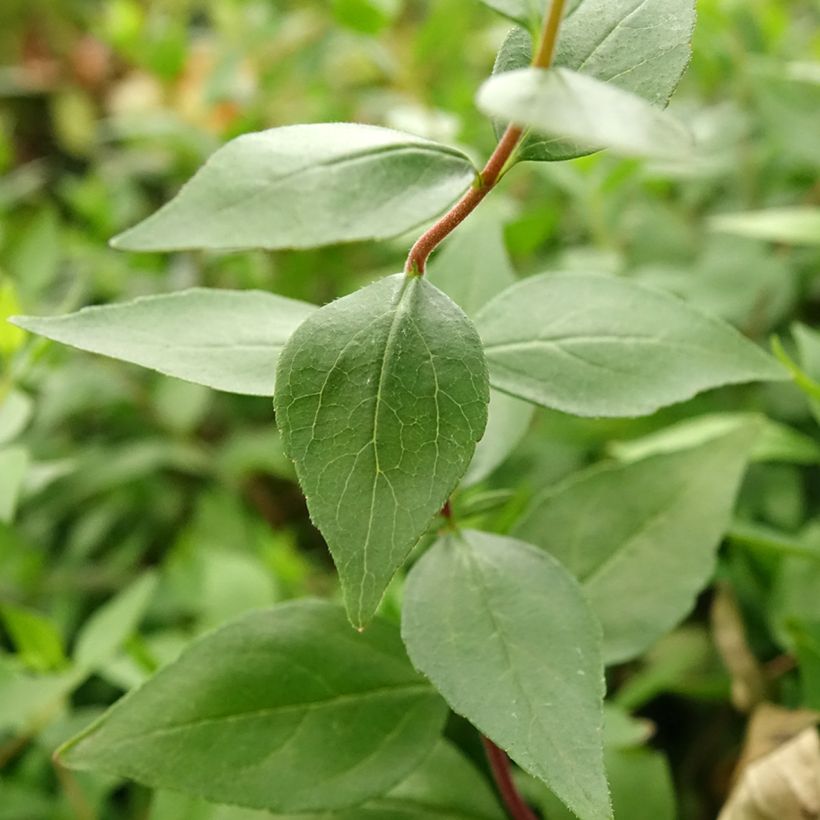

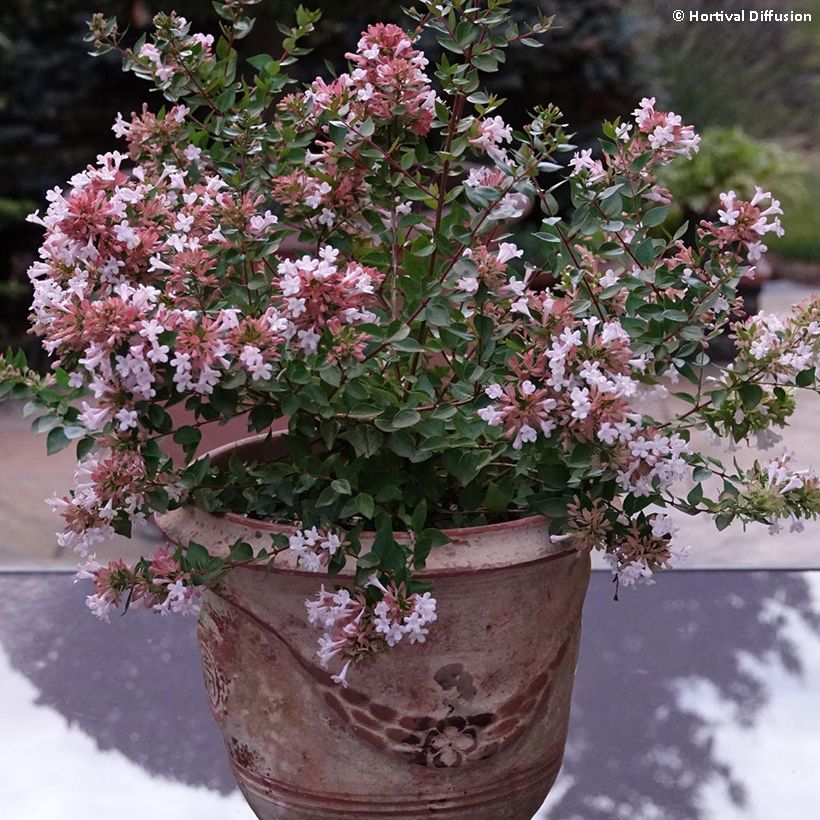

Plant habit
Flowering
Foliage
Botanical data
Abelia
chinensis
Autumn Festival 'Minabaut01'
Caprifoliaceae
Chinese Abelia
Cultivar or hybrid
Other Abelia
View all →Planting and care
The Abelia chinensis Autumn Festival has good cold resistance, down to -12/-15°C (10.4 - 5°F), and grows in any good garden soil that is deep enough, even if it is limestone. While it prefers soils that retain moisture, it also tolerates periodically dry soils in summer, once it has been planted in the garden for at least 3 years. To support flowering, water abundantly every 15 days if required. It prefers warm and sunny exposures.
When planted in a pot, it will need to be regularly watered. Its compact habit generally eliminates the need for pruning, as it only reaches about 1.50m (4 in 11 ft) in all directions. However, once well rooted, it can be pruned to rejuvenate it or limit its growth on a balcony, for example.
Planting period
Intended location
Care
This item has not been reviewed yet - be the first to leave a review about it.
Similar products
Haven't found what you were looking for?
Hardiness is the lowest winter temperature a plant can endure without suffering serious damage or even dying. However, hardiness is affected by location (a sheltered area, such as a patio), protection (winter cover) and soil type (hardiness is improved by well-drained soil).

Photo Sharing Terms & Conditions
In order to encourage gardeners to interact and share their experiences, Promesse de fleurs offers various media enabling content to be uploaded onto its Site - in particular via the ‘Photo sharing’ module.
The User agrees to refrain from:
- Posting any content that is illegal, prejudicial, insulting, racist, inciteful to hatred, revisionist, contrary to public decency, that infringes on privacy or on the privacy rights of third parties, in particular the publicity rights of persons and goods, intellectual property rights, or the right to privacy.
- Submitting content on behalf of a third party;
- Impersonate the identity of a third party and/or publish any personal information about a third party;
In general, the User undertakes to refrain from any unethical behaviour.
All Content (in particular text, comments, files, images, photos, videos, creative works, etc.), which may be subject to property or intellectual property rights, image or other private rights, shall remain the property of the User, subject to the limited rights granted by the terms of the licence granted by Promesse de fleurs as stated below. Users are at liberty to publish or not to publish such Content on the Site, notably via the ‘Photo Sharing’ facility, and accept that this Content shall be made public and freely accessible, notably on the Internet.
Users further acknowledge, undertake to have ,and guarantee that they hold all necessary rights and permissions to publish such material on the Site, in particular with regard to the legislation in force pertaining to any privacy, property, intellectual property, image, or contractual rights, or rights of any other nature. By publishing such Content on the Site, Users acknowledge accepting full liability as publishers of the Content within the meaning of the law, and grant Promesse de fleurs, free of charge, an inclusive, worldwide licence for the said Content for the entire duration of its publication, including all reproduction, representation, up/downloading, displaying, performing, transmission, and storage rights.
Users also grant permission for their name to be linked to the Content and accept that this link may not always be made available.
By engaging in posting material, Users consent to their Content becoming automatically accessible on the Internet, in particular on other sites and/or blogs and/or web pages of the Promesse de fleurs site, including in particular social pages and the Promesse de fleurs catalogue.
Users may secure the removal of entrusted content free of charge by issuing a simple request via our contact form.
The flowering period indicated on our website applies to countries and regions located in USDA zone 8 (France, the United Kingdom, Ireland, the Netherlands, etc.)
It will vary according to where you live:
- In zones 9 to 10 (Italy, Spain, Greece, etc.), flowering will occur about 2 to 4 weeks earlier.
- In zones 6 to 7 (Germany, Poland, Slovenia, and lower mountainous regions), flowering will be delayed by 2 to 3 weeks.
- In zone 5 (Central Europe, Scandinavia), blooming will be delayed by 3 to 5 weeks.
In temperate climates, pruning of spring-flowering shrubs (forsythia, spireas, etc.) should be done just after flowering.
Pruning of summer-flowering shrubs (Indian Lilac, Perovskia, etc.) can be done in winter or spring.
In cold regions as well as with frost-sensitive plants, avoid pruning too early when severe frosts may still occur.
The planting period indicated on our website applies to countries and regions located in USDA zone 8 (France, United Kingdom, Ireland, Netherlands).
It will vary according to where you live:
- In Mediterranean zones (Marseille, Madrid, Milan, etc.), autumn and winter are the best planting periods.
- In continental zones (Strasbourg, Munich, Vienna, etc.), delay planting by 2 to 3 weeks in spring and bring it forward by 2 to 4 weeks in autumn.
- In mountainous regions (the Alps, Pyrenees, Carpathians, etc.), it is best to plant in late spring (May-June) or late summer (August-September).
The harvesting period indicated on our website applies to countries and regions in USDA zone 8 (France, England, Ireland, the Netherlands).
In colder areas (Scandinavia, Poland, Austria...) fruit and vegetable harvests are likely to be delayed by 3-4 weeks.
In warmer areas (Italy, Spain, Greece, etc.), harvesting will probably take place earlier, depending on weather conditions.
The sowing periods indicated on our website apply to countries and regions within USDA Zone 8 (France, UK, Ireland, Netherlands).
In colder areas (Scandinavia, Poland, Austria...), delay any outdoor sowing by 3-4 weeks, or sow under glass.
In warmer climes (Italy, Spain, Greece, etc.), bring outdoor sowing forward by a few weeks.






























